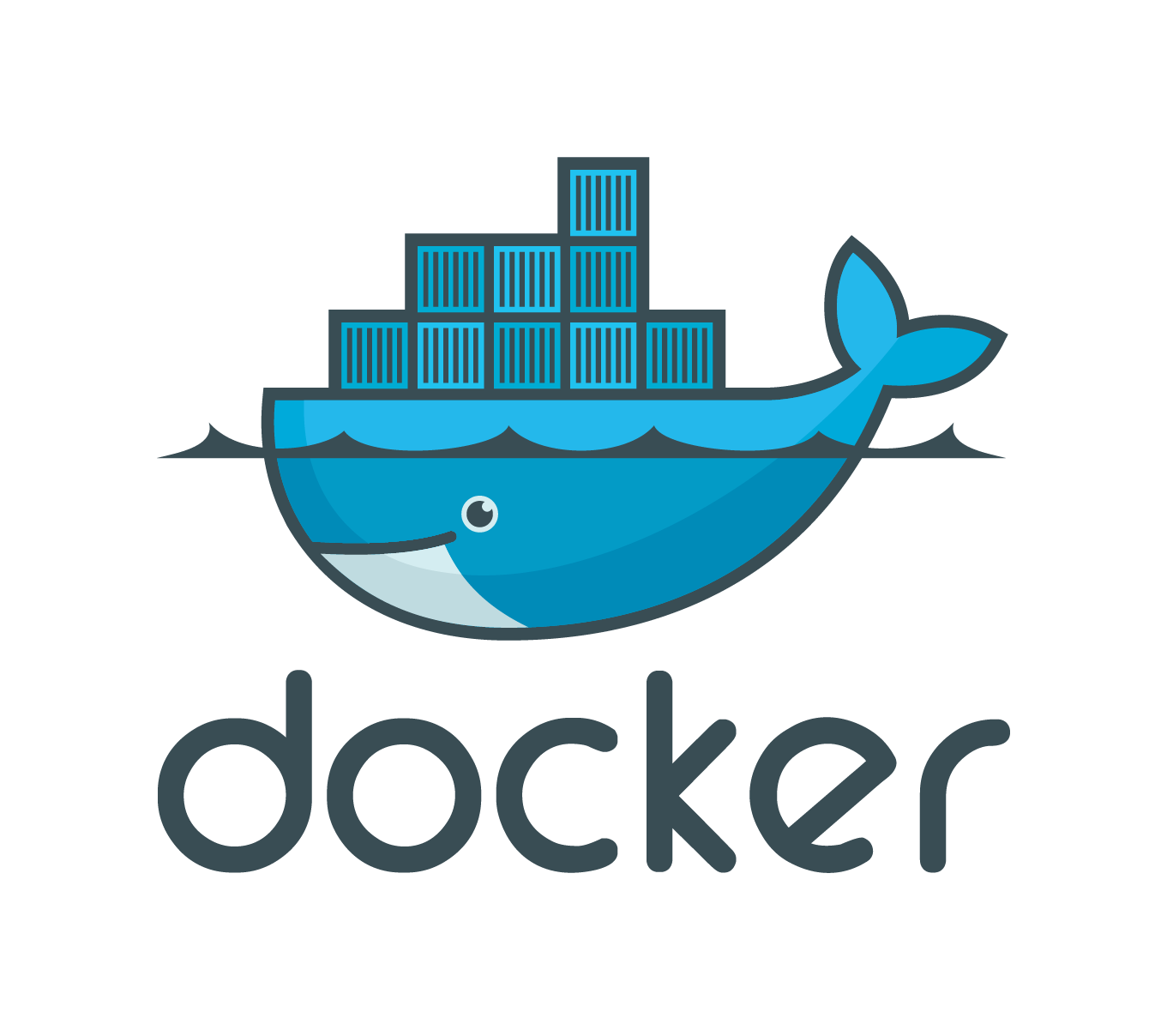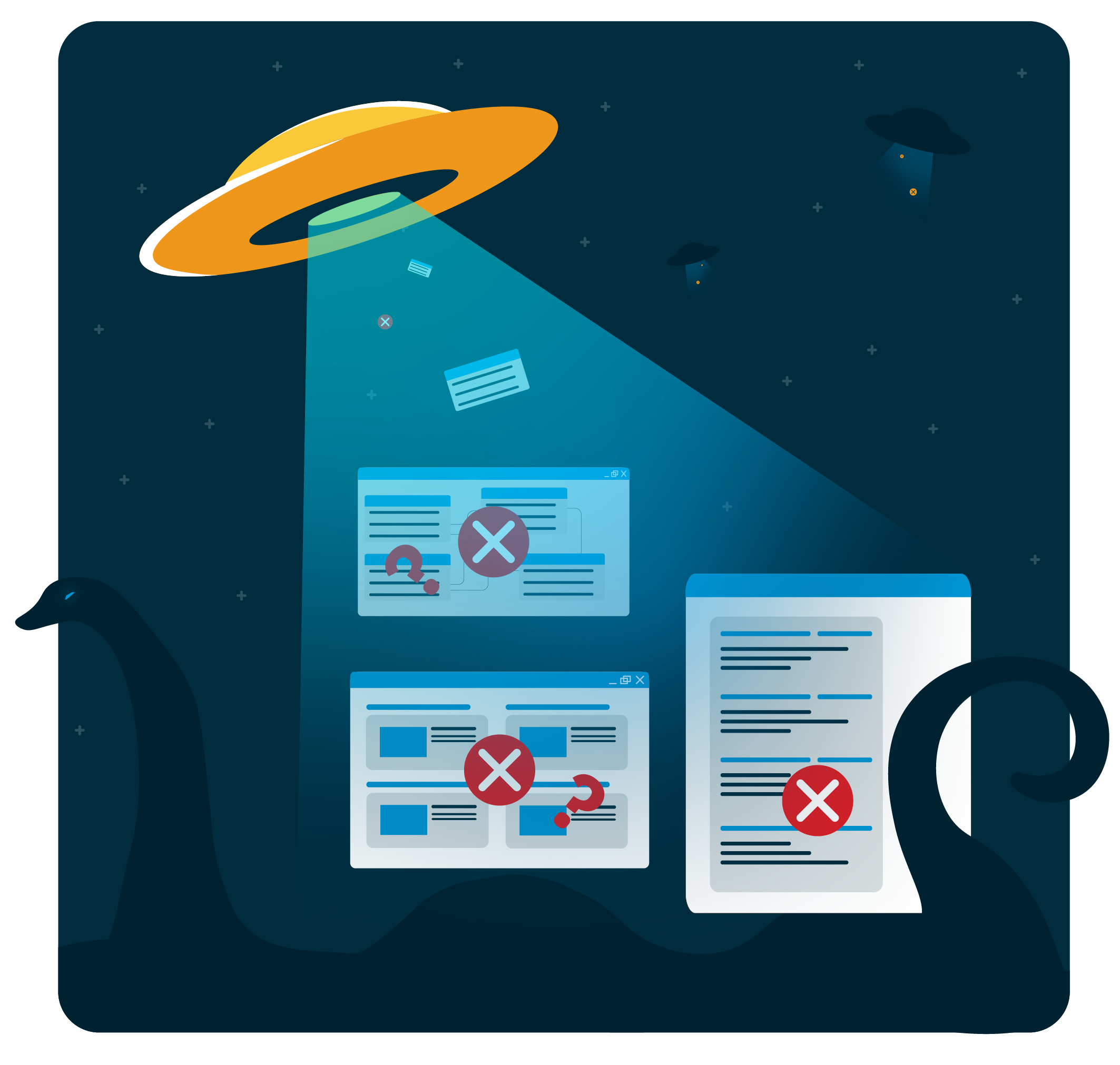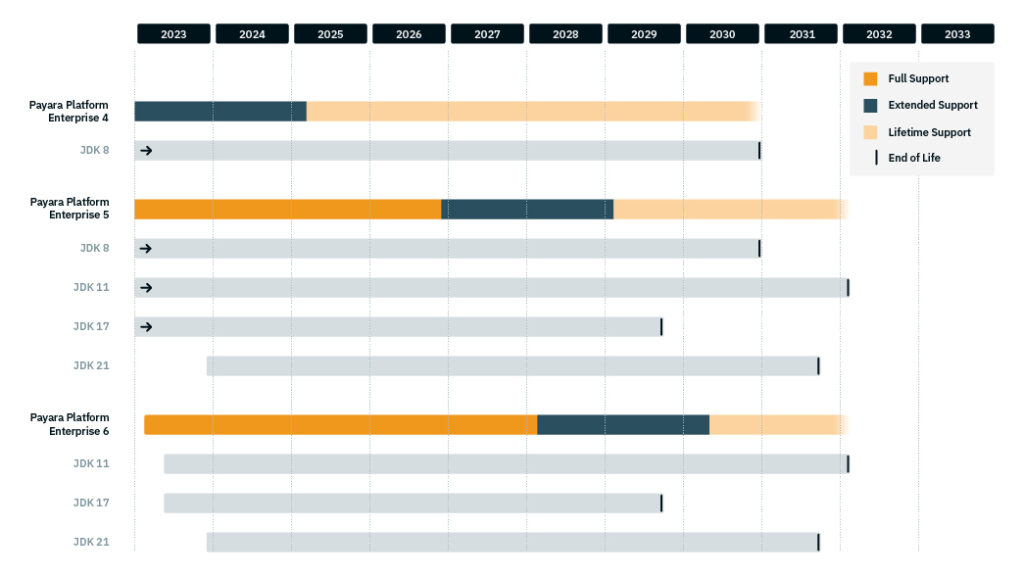 4 minutes
4 minutes
Level Up Your Jakarta EE Apps with Payara 7 and New Docker Images
We’re excited to share major updates around the Docker image story for the Payara Platform Community, aligned with our […]

The Jakarta EE Platform has come a long way since its debut as J2EE back the days of Sun Microsystems. Over the years, it has had its fair share of challenges. A natural consequence of this is that some notions about the platform arising from some of the past challenges that may have been true about past iterations have stuck. This blog post aims to dispel some of these deeply rooted misconceptions about the Jakarta EE Platform, especially after the last major release.
On social media sites like Reddit, I often see new Java developers asking about enterprise platforms, and there is almost always the obligatory “pick X but avoid Java EE [now Jakarta EE of course] because it is outdated.” Unfortunately this mindset is very entrenched in the minds of a not so insignificant number of Java developers. Needless to say, Jakarta EE is very much up to date. The root cause of this misconception partly lies in the frankly terrible comparison of a massive, far reaching platform like Jakarta EE to some “simple” Java frameworks.
For a platform used by companies of all sizes in all sectors in almost every country, Jakarta EE naturally will move at a different pace than a small framework. Enterprises require stability and predictability. And so a serious platform like Jakarta EE must carefully balance stability and backwards compatibility with new features. This is what in some cases, gives rise to the notion that that the platform is outdated. It simply adopts new technologies only after they have been tried and tested. Jakarta EE 10 for instance, came with a lot of new features and updates to almost every API on the platform.
This is another misconception that has plagued the platform for a while. Jakarta EE is more than capable of being used in a microservices architecture. The platform itself, especially within the context of the latest version 10 release, is microservices ready. For instance Jakarta EE 10 comes with a core profile designed for smaller containerized runtimes. Pairing it with MicroProfile is the icing on the cake. Jakarta EE is microservices capable and ready.
Honestly I’ve no idea what “feature rich” means when used like this. All I know is that a platform released more than two decades ago, that is still actively developed with this many APIs, isn’t one that lacks any serious, major features.
This misconception has its root in the J2EE days. Mercifully those days have been gone for a long while now. However the pain inflicted by that iteration of the platform has lingered on. Jakarta EE today is as simple as any platform can get. For a while now, developer productivity and experience has been at the forefront of the platform. Getting started with the platform is very easy. As long as you know your business requirements, translating the same to code using Jakarta EE APIs is a matter of referencing the specs page of the respective API or taking a look at the Jakarta EE samples for inspiration.
It is true that some of the largest enterprises in the world do develop workloads on Jakarta EE. But so too are many startups and small companies building innovative solutions with Jakarta EE. Given its stability and “it just works” nature, most companies using the platform just carry on their business of delivering customer value. The platform just works for them, so they keep using it without going out to talk about it. Jakarta EE is not just for large enterprises, it’s for organisations of all sizes.
There are a lot more myths surrounding Jakarta EE than listed above. Most of them are either factually untrue or are just misconceptions that have survived older iterations of the platform. Whatever the case, the Jakarta EE of today is a solid, reliable, modern and productive platform for developing applications of all sizes and scopes. Take it for a spin yourself and find out!
If you enjoyed this, we also have a longer e-Book on the subject, Dismiss the Java Myths: Get to Know the Real Jakarta EE, and our CEO Steve Millidge delivereda series of talksdiscussing these common misconceptions. Check them out!
Share:
 4 minutes
4 minutes
We’re excited to share major updates around the Docker image story for the Payara Platform Community, aligned with our […]
 4 minutes
4 minutes
Keeping an application server running smoothly isn’t so much about new features, but more about predictability and consistency. Software […]
 5 minutes
5 minutes
At Devoxx Belgium 2025, I was able to talk about what happens after you build your container. In theory, […]